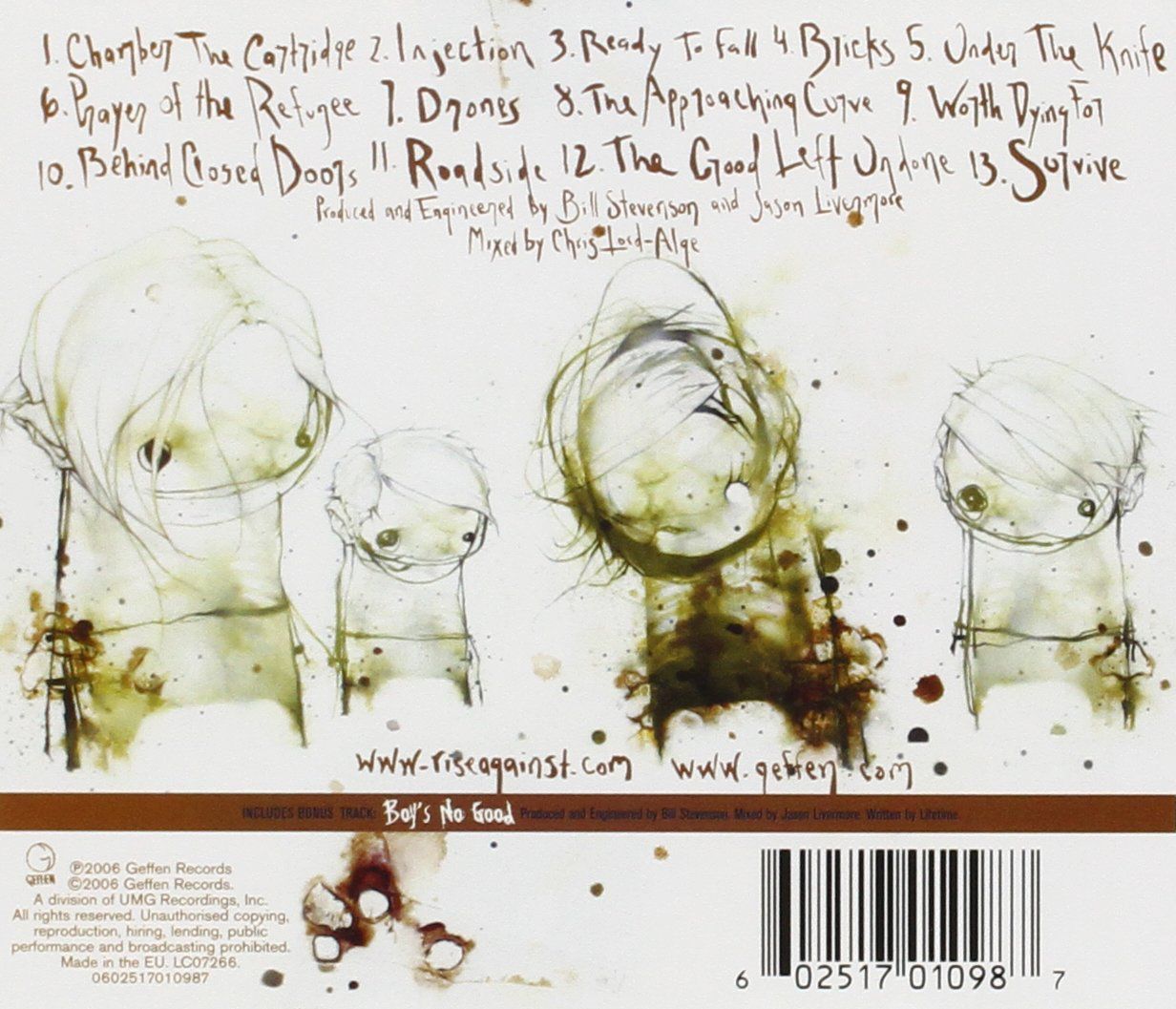

What so proudly we hailed at the twilight's last gleaming, O say can you see, by the dawn's early light,

"Warren Kimsey and Community Singing at Camp Gordon, 1917-1918." In Journal of Historical Research in Music Education Vol. After all, veterans claimed in interviews after WWI that the singing experience was appreciated by many soldiers and there was no harm in encouraging them to sing.įor more information on camp music singing, this article by Morgan-Ellis discusses Warren Kimsey's career as the first song leader assigned to Camp Gordon, an army training camp. Morgan-Ellis, Esther M. The effectiveness of this program is still under debate, but the significance of the singing program should not be underestimated. The initial reason for including singing and other CTCA activities into military training was to provide troops alternatives with constructive recreational activities and discourage them from enlisting the services of prostitutes. Where applicable, click on the link below each score to access a recording of the song.Ģ1. Niles' The Songs My Mother Never Taught Me. 23 Clearly, soldiers loved singing, but these reports were published by the National Committee that had an incentive to be biased since they wanted their programs to be successful and favored positive stories for publishing. According to the Commission’s report, the soldiers were “grabbing” or “eating up” the songs in the book. For the first time, the government recognized the importance of music as a medium for propaganda and as a tool for training. 21 The CTCA wanted to create a singing crusade of soldiers and that America was sending soldiers to “a war against militarism, a war to redeem a barbarous Europe, a crusade.” 22 America’s focus was to win the war. The subject of the songs clearly represented the objectives of the CTCA: to encourage men to fight efficiently. “La Marseillaise” was so popular that Music in the Camps published a phonetic spelling of the French text to help song leaders with the pronunciation. 19 Including a foreign anthem represented the War Department’s goal of unifying soldiers from diverse backgrounds - fellow Americans with foreign heritage and the Allied forces. Most songs were taught to the soldiers, but the following eight were selected that all men were to learn: “America,” “The Star-Spangled Banner,” “The Battle Hymn of the Republic,” “Old Black Joe,” “Swanee River,” “My Old Kentucky Home,” “Roll, Jordan, Roll” and “La Marseillaise,” the French national anthem. The songs are categorized into four types: 18 national and patriotic songs, 14 folk songs, 36 popular songs, and 14 hymns. Style symbols are predominantly reserved for phrase markings. “The Star-Spangled Banner” and “Under the Stripes and Stars” contain simple harmonizations while meter and key signatures are indicated for each selection.

There are eighty-two songs, seventy-nine of which are simple melodic lines with lyrics. Loosely bound in khaki colored paperback, this 3 ½” x 5” 100-page song book is small enough to fit in a soldier’s uniform pocket. Songs chosen “endeavored to include a fair proportion of songs according to the following classification: national and patriotic songs, folk songs, popular songs of the day, and hymns.” 17 Lyrics expressed six recurring themes: “patriotism, God and religion, love and women, rustic home and nostalgia, the soldier routine, and death.” 18 Songs were chosen in accordance with the song leader’s reports about a song's popularity. In 1918, the second edition was published and was renamed Army Song Book. 16 They asked Lee Hamner, leader of the military entertainment committee of CTCA, for a revised edition. Initially entitled Songs of the Soldiers and Sailors U.S., the first edition was a collection based on those that “were then popular in the camps, together with others of sure appeal and true value.” 15 The song leaders wanted more songs published with music notation since the first edition only included text. In this page, you will find all the songs in the songbook with descriptions on how they relate to the American war effort. Thus, the first song book was published in the fall of 1917. The purpose was to familiarize the soldiers with army songs and encourage their singing. The National Committee was charged to publish an official songbook to be distributed to song leaders, officers, and soldiers. The Annotated Army Song Book Part 1 Songs for the Soldiers


 0 kommentar(er)
0 kommentar(er)
